An Unexpected Surge: New Listings Rise Despite Seasonal Decline

Considering a relocation? Stay informed about the current real estate landscape. Get the latest details on the available inventory of homes for sale, whether you're in the market to buy or sell. The local housing supply is a crucial factor for both buyers and sellers, so it's worth keeping an eye on.
The housing market, like many aspects of life, has its own rhythm. This predictable pattern of highs and lows throughout the year is known as seasonality. Just like the changing seasons influence nature, they also shape the dynamics of buying and selling homes.
Spring is the undisputed champion of the housing market. As the days grow longer and the weather warms, buyers emerge from their winter slumber, eager to find their dream home. This pent-up demand coincides with sellers taking advantage of the favorable conditions, leading to a surge in new listings - the term used in the industry for homes coming onto the market.
As the heat sets in and summer vacation season kicks off, the pace of the housing market tends to cool down slightly. While activity remains strong, the number of new listings typically starts to decline. This can be attributed to various factors, such as families focusing on vacations and travel, and sellers waiting for the return of cooler weather before putting their homes up for sale.
The graph below, using data from Realtor.com, provides a visual representation of the typical seasonal trends in the housing market. However, this year's trajectory (black line) is deviating significantly from the historical pattern (see graph below):
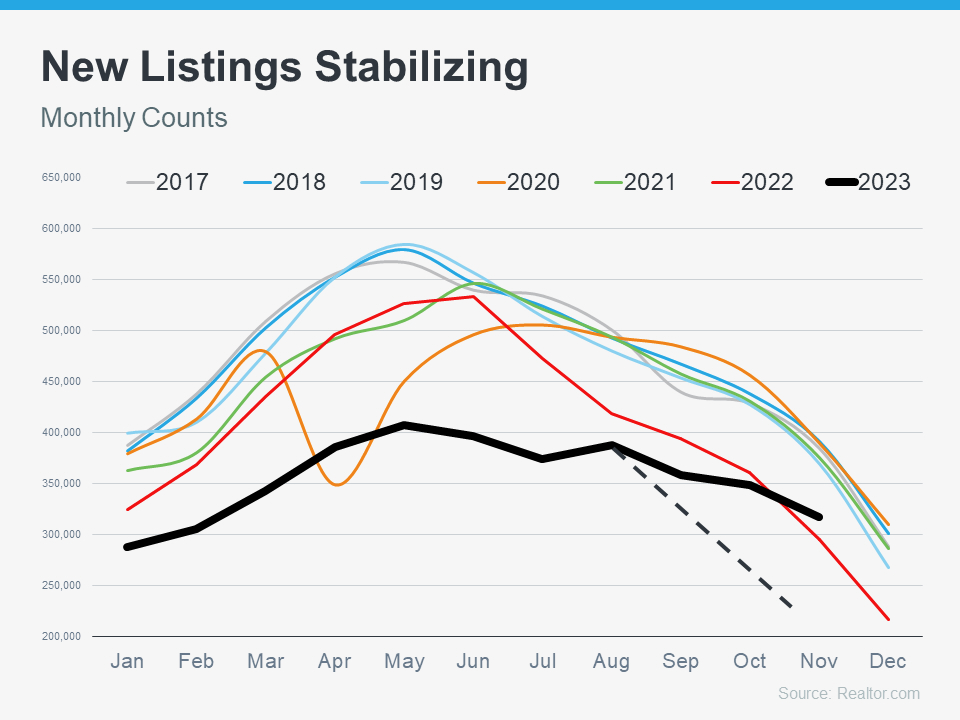
Examining this chart reveals three evident points:
- The years 2017-2019 (depicted by the blue and gray lines) adhere to a consistent overall pattern. During this period, the housing market exhibited typical characteristics, with their respective lines on the graph reflecting normal seasonal trends.
- Starting from 2020, the data deviated from the usual trend. The substantial decrease in 2020 (illustrated by the orange line) marks the impact of the pandemic, leading many sellers to put their moving plans on hold. Although 2021 (depicted by the green line) and 2022 (represented by the red line) somewhat adhere to the typical pattern, they still display variations in their own unique ways.
- The current year (indicated by the black line) stands out as truly exceptional. The usual sharp decline in new listings, typical for this time of the year, has not taken place. If 2023 followed the usual pattern, the line representing this year would resemble the dotted black line. Instead, what we observe is a stabilization in the number of new listings. Furthermore, there is an increase in new listings entering the market this year compared to the same period last year.
What Does It Signify?
- For buyers, the stabilizing number of new listings is a welcome change from the usual seasonal decline. This translates into a more consistent flow of options entering the market, providing you with a wider range of homes to consider compared to the previous year.
- For sellers, even though new listings are deviating from the usual seasonal patterns, the inventory remains significantly lower than pre-pandemic levels. Upon closer inspection of the graph, it's evident that the black line representing this year is still below the typical range. This indicates that the inventory isn't experiencing a drastic increase, and prices are not poised for a sharp decline. With reduced competition from other sellers compared to a more standard year, your house stands a better chance of grabbing attention and attracting enthusiastic buyers.
Bottom Line
Whether you're in search of your next home or considering selling, the current moment could be opportune for taking action. If you have inquiries or uncertainties regarding the availability of homes in your local area, reach out to a real estate agent for guidance.
Categories
Recent Posts
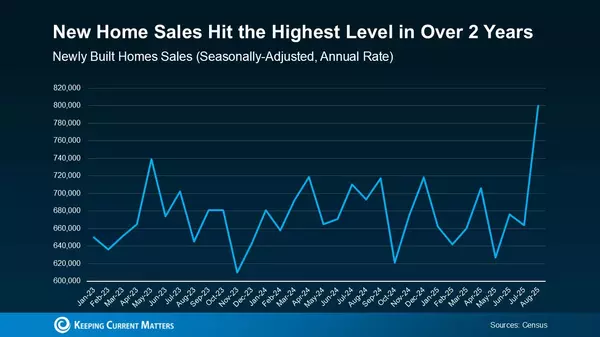

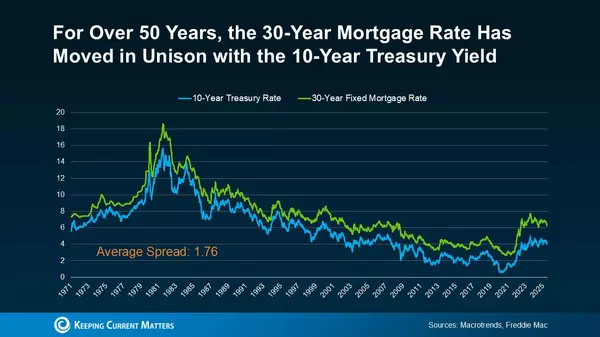
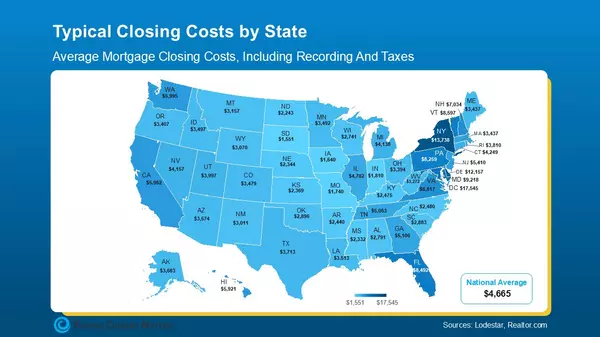





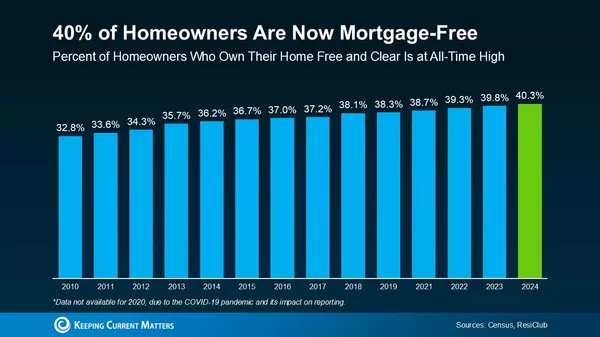
GET MORE INFORMATION


